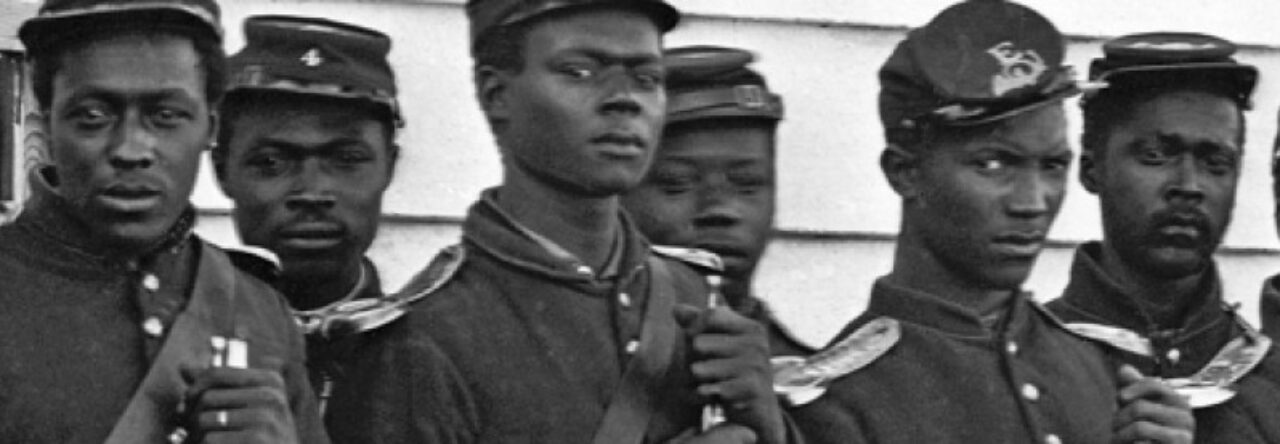 No, not Tommy Lee Jones and Johnny Cash. The Bureau of Military Information, the BMI! I am intrigued by them. Did not know anything about these sharp (no pun intended) men who were gathering intel long before the CIA made it popular.
No, not Tommy Lee Jones and Johnny Cash. The Bureau of Military Information, the BMI! I am intrigued by them. Did not know anything about these sharp (no pun intended) men who were gathering intel long before the CIA made it popular.
Figured I would find out about the BMI. First search yielded intel on how to measure my body fat. Nope. Not that BMI. I already knew from Matt’s lecture that George H. Sharpe was the lawyer/man running this stealth organization. But, then I read an excerpt on the 70 operatives employed by the BMI. I saw someone’s name, a familiar one, a person well known in Omaha, Nebraska. Grenville Dodge.
Usually known in the history textbooks as the engineer who masterminded the Transcontinental Railroad, Dodge also designed the siege of Vicksburg. But that wasn’t what caught my eye. Dodge created spy networks. Heck, he even employed two women spies, Jane Featherstone and Mary Malone. Dodge protected his well paid sleuths by always refusing to devulge their names. Well, almost always. He once yielded to U.S. Grant. It did not turn out well for the apprehended spies. Not Grant’s fault. But that’s another story.
After the Civil War, Dodge became an Iowa congressional politician and then went on to textbook railroad fame. So, why was I diverted to Dodge? Iowa borders Nebraska (where I reside) and Dodge’s house still exists for tourists (me included) to visit. Today, the main street through Omaha is Dodge Street. Nope. Not for Grenville Dodge, but for one of his relatives, Augustus Dodge.
I started looking for Men in Black and I am far from done. But, I found a Dodge instead. Not bad for an evening’s historical hunting.


